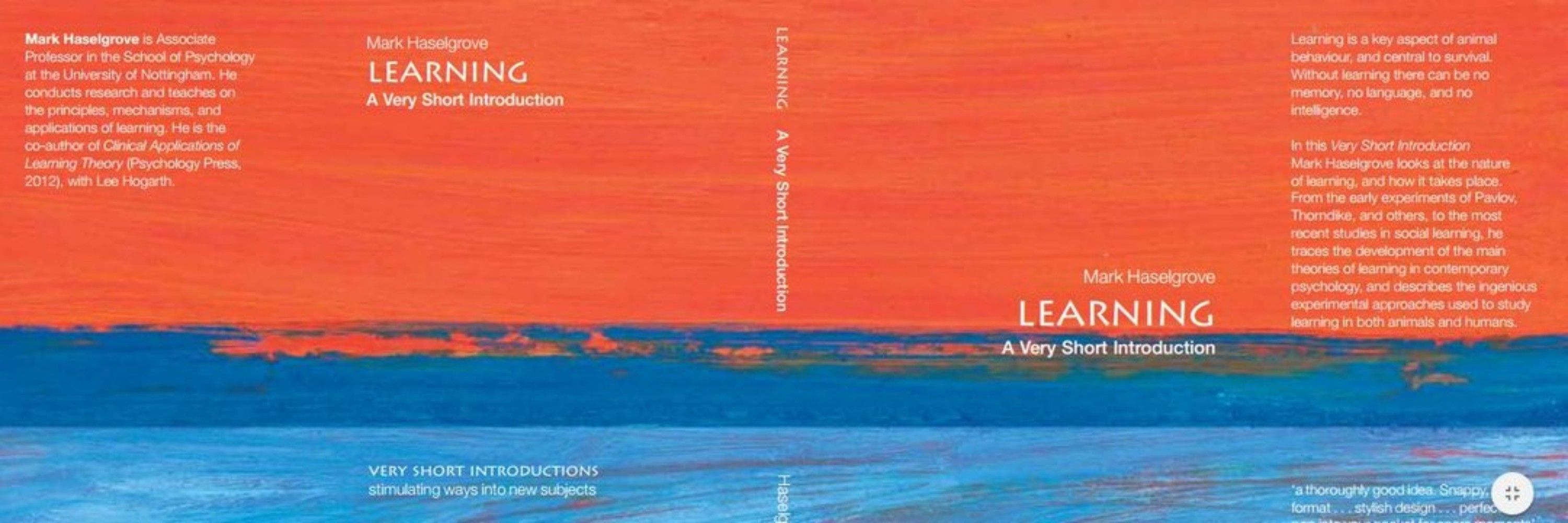Mark Haselgrove
@markhaselgrove.bsky.social
3.3K followers
930 following
1.5K posts
Professor of Experimental Psychology at the University of Nottingham. Interested in associative learning, and its application to all manner of stuff. Not really interested in brains. He/him.
https://scholar.google.co.uk/citations?user=fObPQPsAAAAJ&hl=en
Posts
Media
Videos
Starter Packs
Pinned
Reposted by Mark Haselgrove
Reposted by Mark Haselgrove






